-
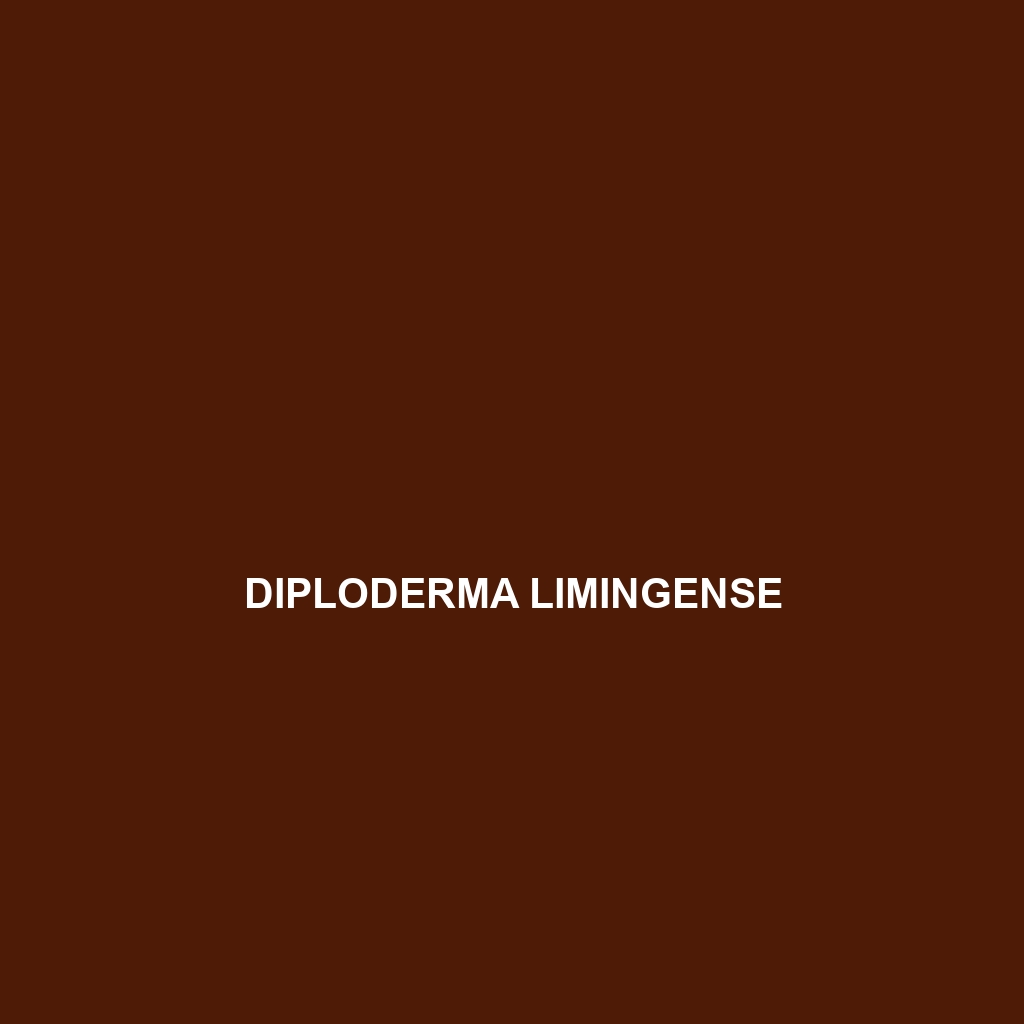
Diploderma laeviventre
Diploderma laeviventre, also known as the brown forest lizard, is an arboreal species native to the humid forests of Southeast Asia, typically measuring 15 to 20 cm in length, with a camouflaging color palette of brown, green, and gray. This vulnerable lizard feeds primarily on insects and plays a crucial role in maintaining ecological balance…
-
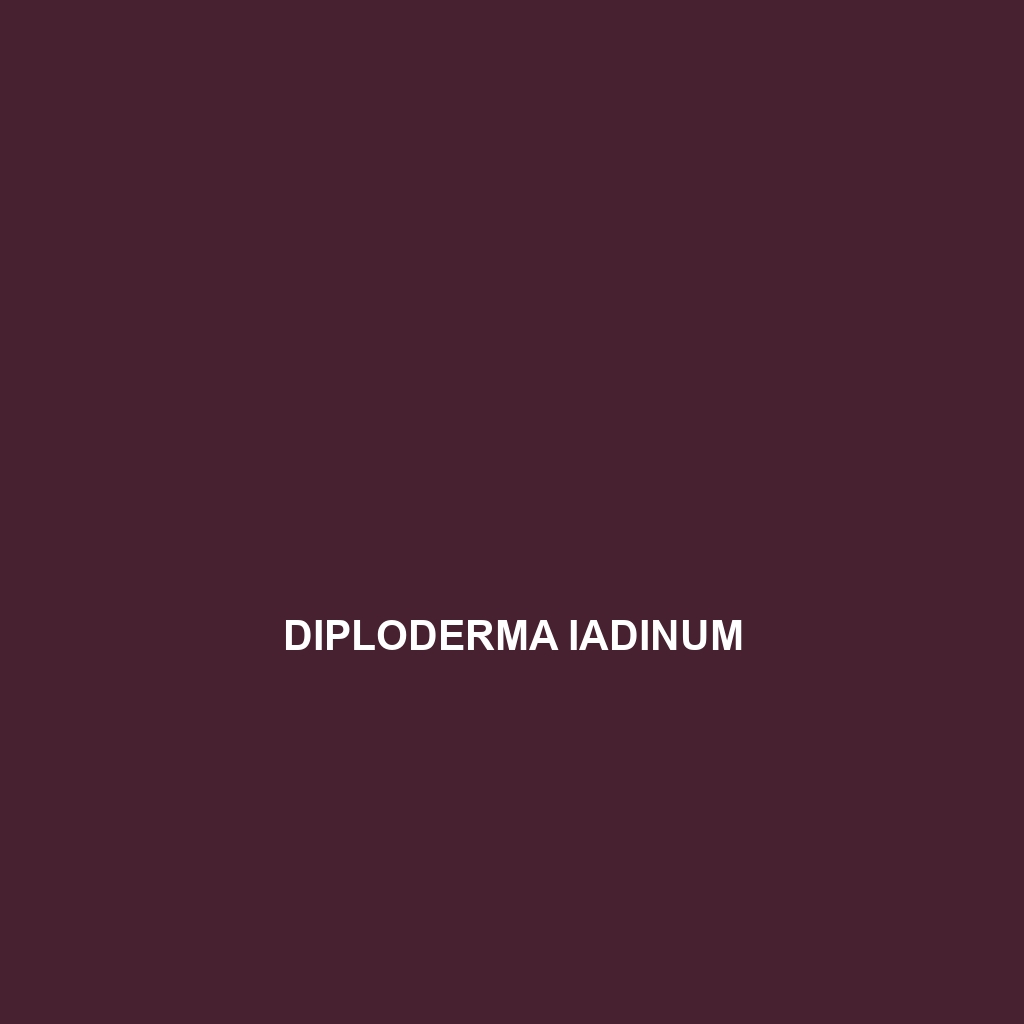
Diploderma hamptoni
fascinating Diploderma hamptoni, a striking lizard from Southeast Asia’s humid forests, known for its rich brown to olive-green coloration, arboreal habits, and insectivorous diet. This vulnerable species plays a critical role in maintaining ecological balance by controlling insect populations while showcasing color-changing abilities and interesting behaviors.
-

Diploderma iadinum
Iadian dragon (Diploderma iadinum), a vibrant, arboreal lizard found in the humid montane forests of Southeast Asia, showcasing distinct green and brown patterns, a slender body reaching up to 30 cm, and a fascinating ability to regenerate its tail. These insectivorous reptiles play a vital role in their ecosystem by controlling insect populations and serving…
-
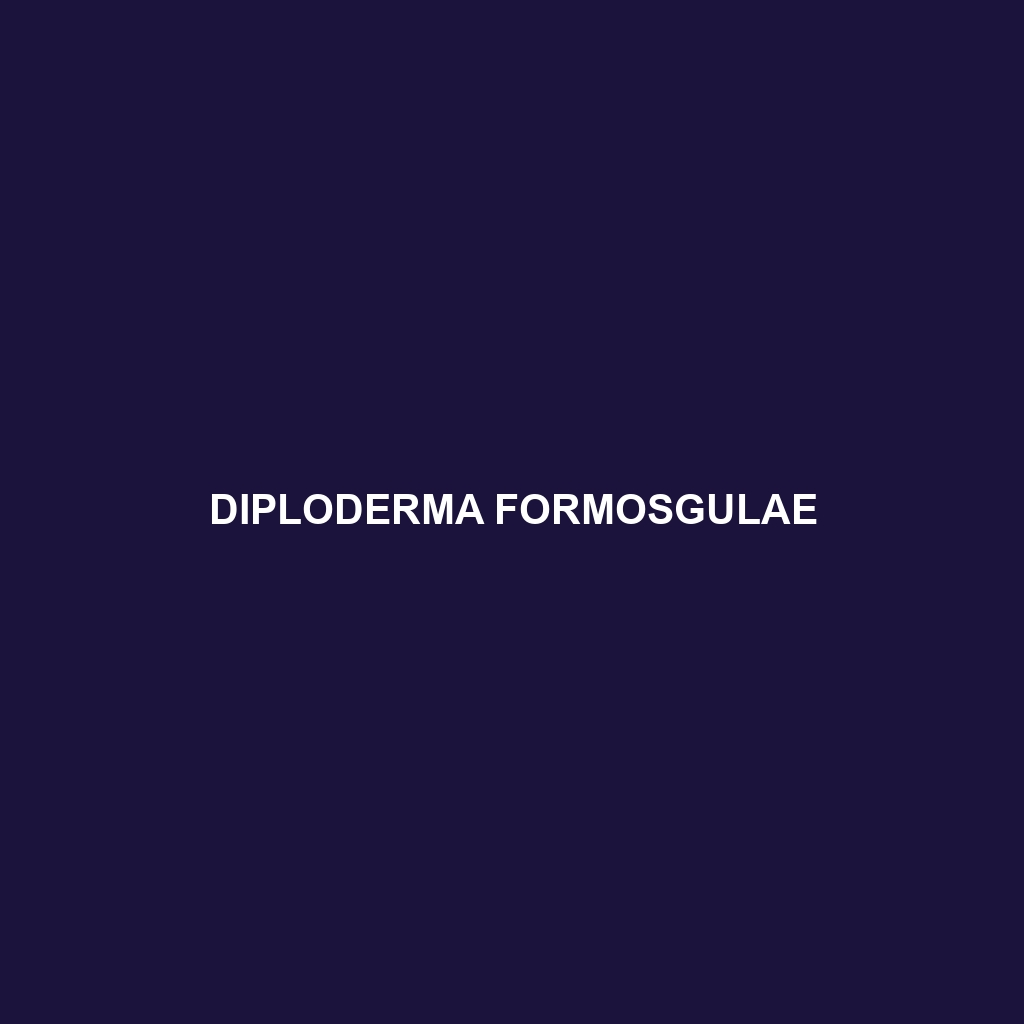
Diploderma formosgulae
Diploderma formosgulae, a captivating lizard native to Taiwan’s subtropical and temperate forests, known for its distinct ornate scales, diurnal arboreal habits, and diet primarily consisting of insects. This vulnerable species plays a vital role in maintaining ecological balance within its mountainous habitat.
-
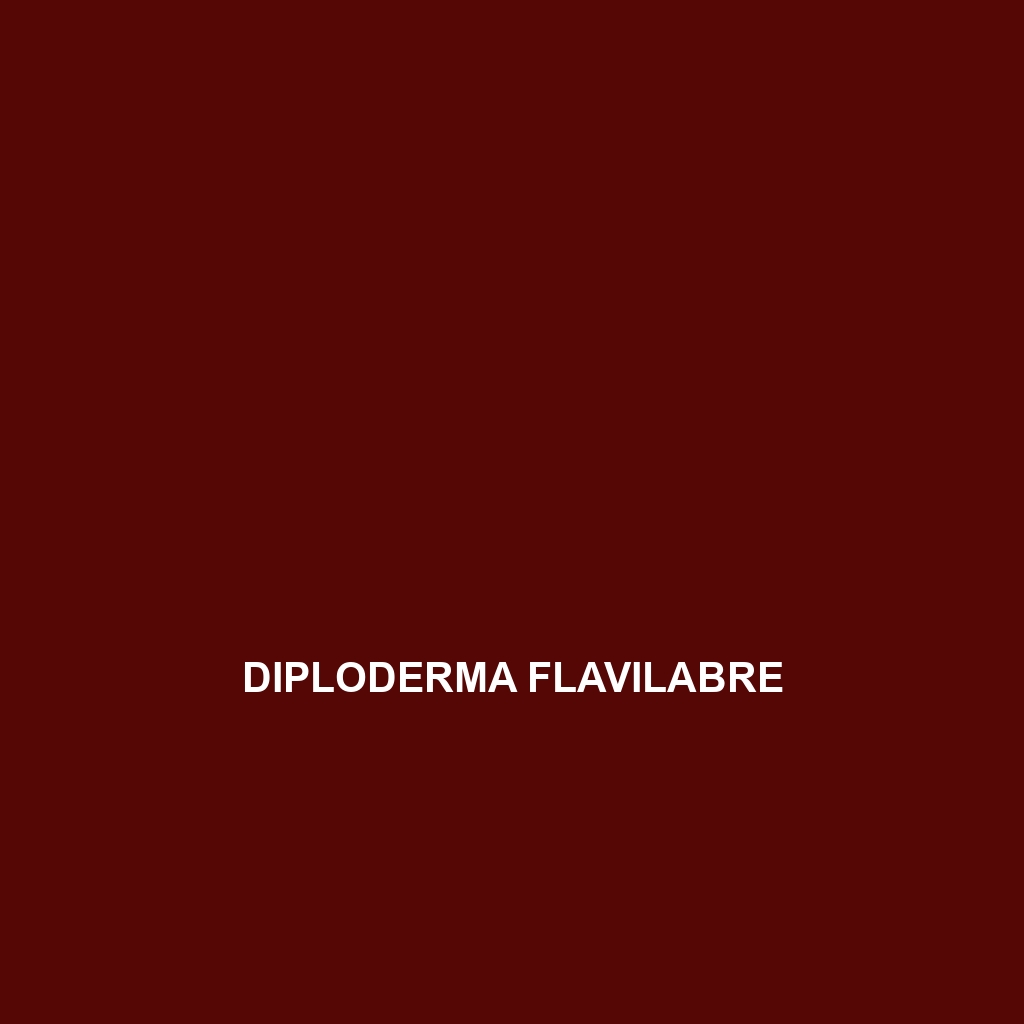
Diploderma flaviceps
fascinating Diploderma flaviceps, a vibrant arboreal lizard native to the mountainous forests of Southeast Asia, characterized by its striking yellowish-brown coloration and incredible climbing abilities. This insectivorous species is vital to its ecosystem, controlling insect populations while facing threats from habitat loss.
-
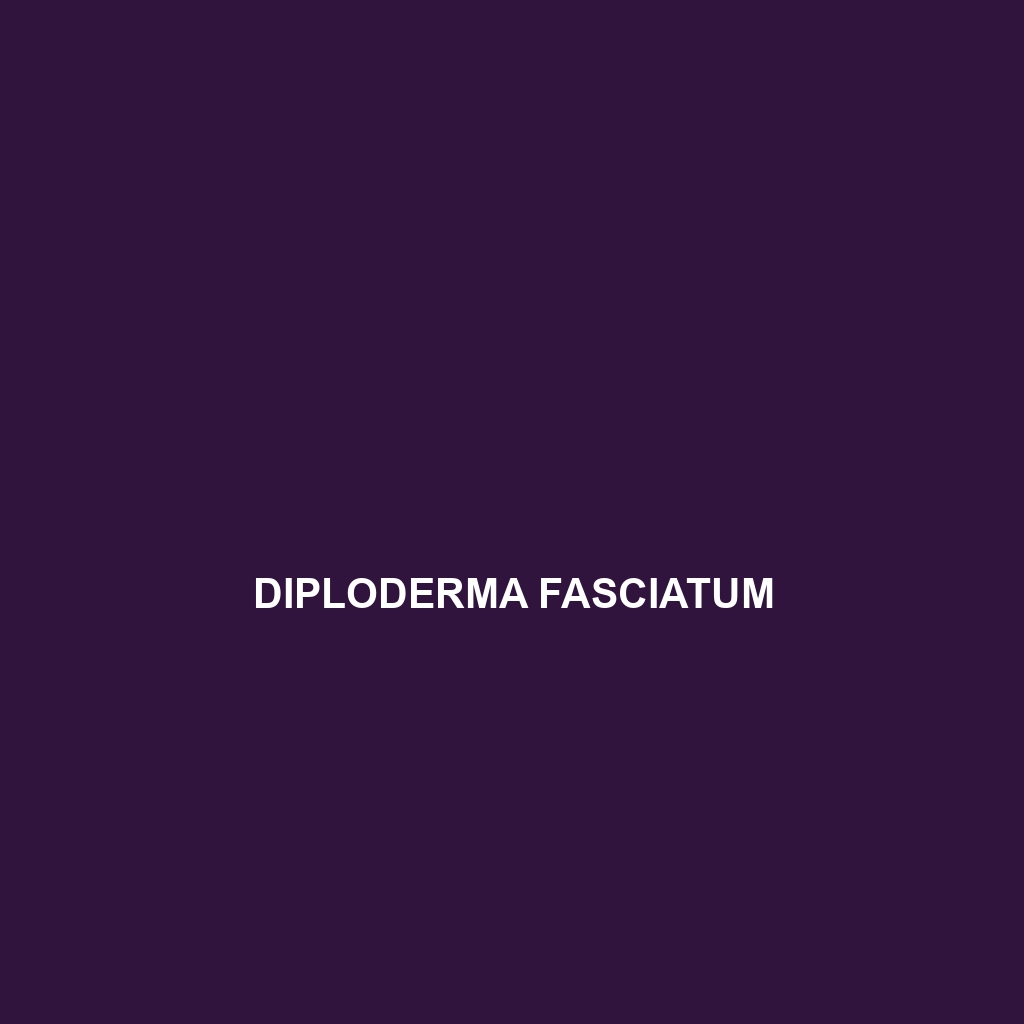
Diploderma dymondi
Diploderma dymondi, a medium-sized lizard reaching up to 15 cm, thrives in the humid forests of southeastern Asia, showcasing vibrant colors and a distinctive dorsal crest. As an omnivore, it plays a vital role in its ecosystem by regulating insect populations and aiding in seed dispersal, while its conservation status remains vulnerable due to habitat…
-
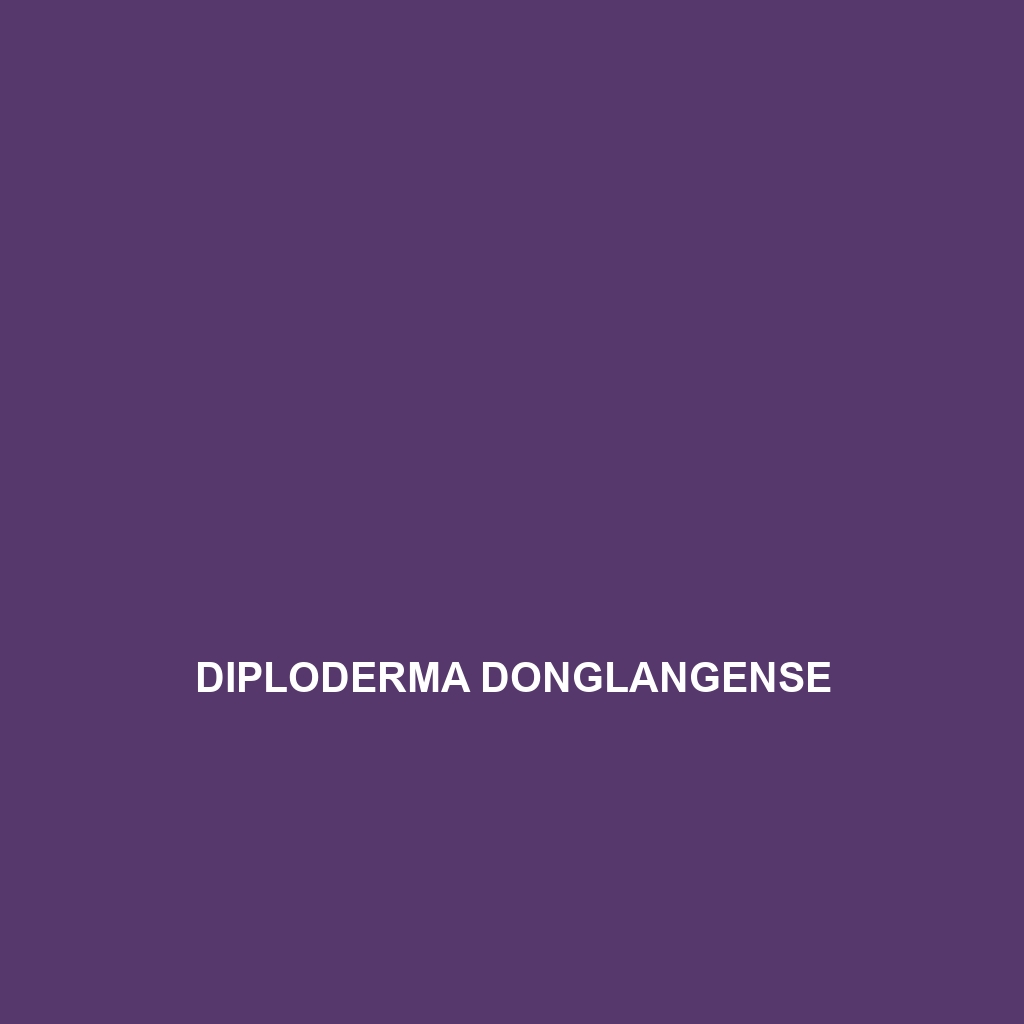
Diploderma donglangense
Diploderma donglangense, a vulnerable lizard native to the subtropical forests of southern China, known for its striking olive green and brown coloration, tuberculate scales, and arboreal lifestyle. This insectivorous species plays a vital role in its ecosystem by controlling insect populations and exhibiting fascinating behaviors like territorial displays during mating season.
-
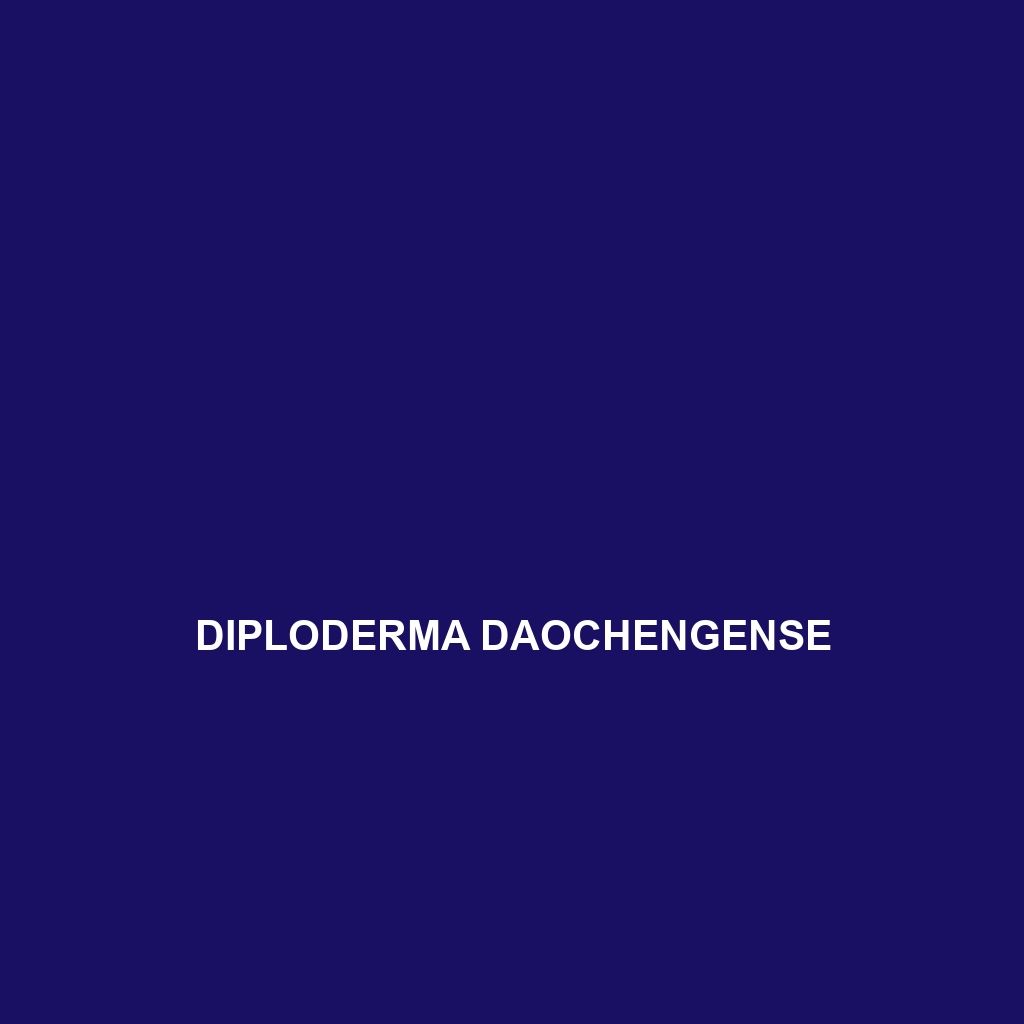
Diploderma danbaense
Introducing the Diploderma danbaense, a vulnerable lizard species native to the mountainous regions of China, known for its distinctive color patterns ranging from dark brown to olive green. This arboreal creature thrives in moist habitats, feeding primarily on insects and playing a crucial role in maintaining ecological balance within its environment.
-
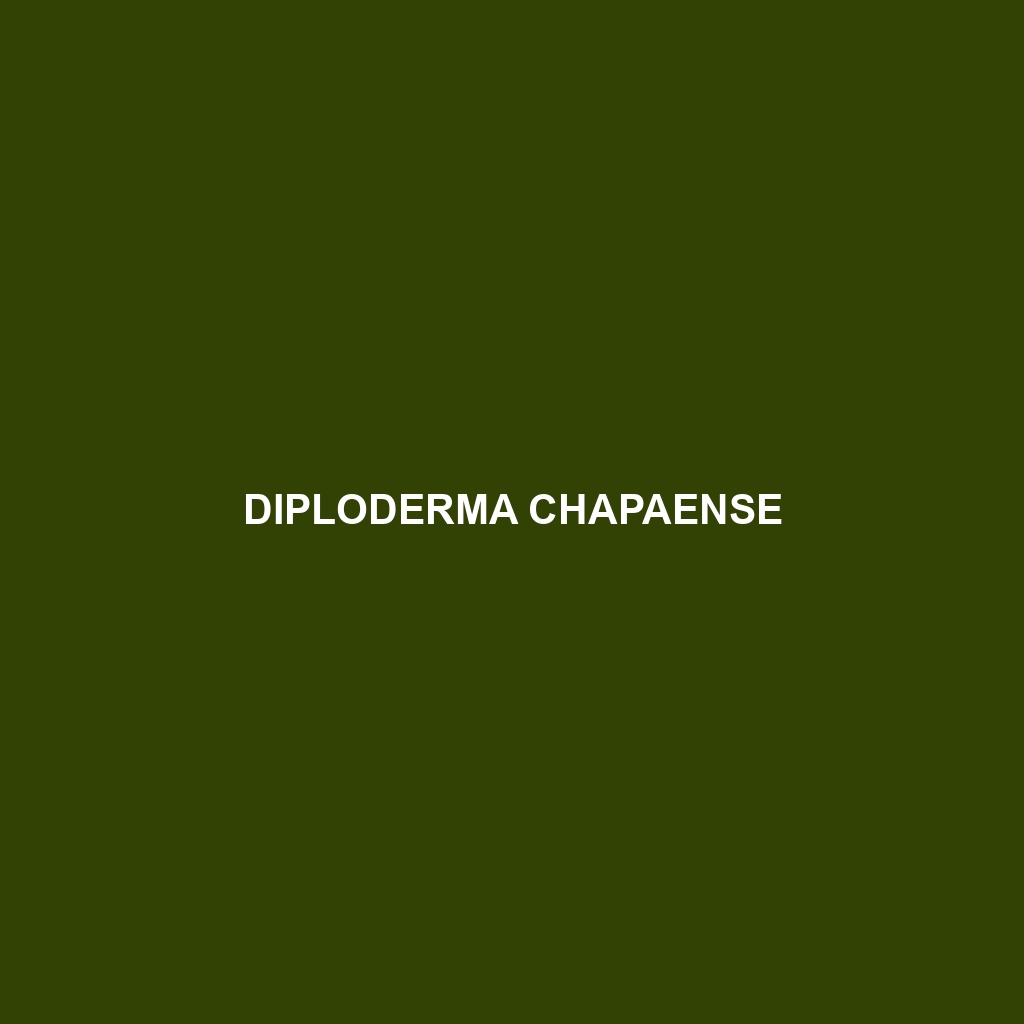
Diploderma chapaense
stunning Diploderma chapaense, a medium-sized lizard from the mountainous regions of northeastern Vietnam, renowned for its vibrant green and brown patterns, arboreal lifestyle, and role in controlling insect populations. With a vulnerable conservation status, this species thrives in humid temperate forests, showcasing behaviors and rapid growth during its breeding season from May to July.
Search
Popular Posts
-
Lygosoma corpulentum
Discover the Lygosoma corpulentum, or fat skink, a robust insectivorous lizard native to Southeast Asia’s moist tropical rainforests and varying habitats. With a stocky body, impressive camouflage, and remarkable adaptability, this ovoviviparous species plays a crucial role in maintaining ecological balance.
-
Lygosoma boehmei
Lygosoma boehmei is a slender, nocturnal insectivore found in humid tropical rainforests and savannas of Southeast Asia, exhibiting a smooth, camouflaging texture and remarkable burrowing abilities. This vulnerable species plays a crucial role in its ecosystem by controlling insect populations and serving as prey for larger predators.
-
Lygosoma bampfyldei
Lygosoma bampfyldei, commonly found in tropical and subtropical regions, is a moderately sized lizard measuring 15 to 25 cm, known for its elongated body and glossy, camouflage coloration. This insectivorous species thrives in moist habitats and plays a vital role in maintaining ecological balance by controlling insect populations.
Categories
Tags
animal adaptations (924) animal behavior (5000) animal reproduction (865) behavior (920) biodiversity (7853) conservation (1670) conservation efforts (1778) conservation status (5748) diet (2104) ecological balance (2087) ecological role (1952) ecosystem (1469) ecosystem role (2901) endangered species (2514) habitat (3280) habitat conservation (1136) Habitat Destruction (1421) habitat loss (3385) herpetology (870) insectivorous reptiles (948) IUCN Red List (1971) lizard behavior (881) lizard diet (944) lizard reproduction (1101) nocturnal animals (2754) nocturnal behavior (2592) nocturnal reptiles (1061) physical characteristics (2058) predator-prey relationships (927) reproduction (2890) reptile behavior (1037) reptile conservation (1348) reptile reproduction (1069) rodent species (1325) seed dispersal (2145) Seed Disperser (979) small mammals (1168) snake behavior (952) snake diet (1061) snake reproduction (1129) tropical forests (948) Vulnerable Species (4926) wildlife (2511) wildlife conservation (5355) wildlife protection (1008)



